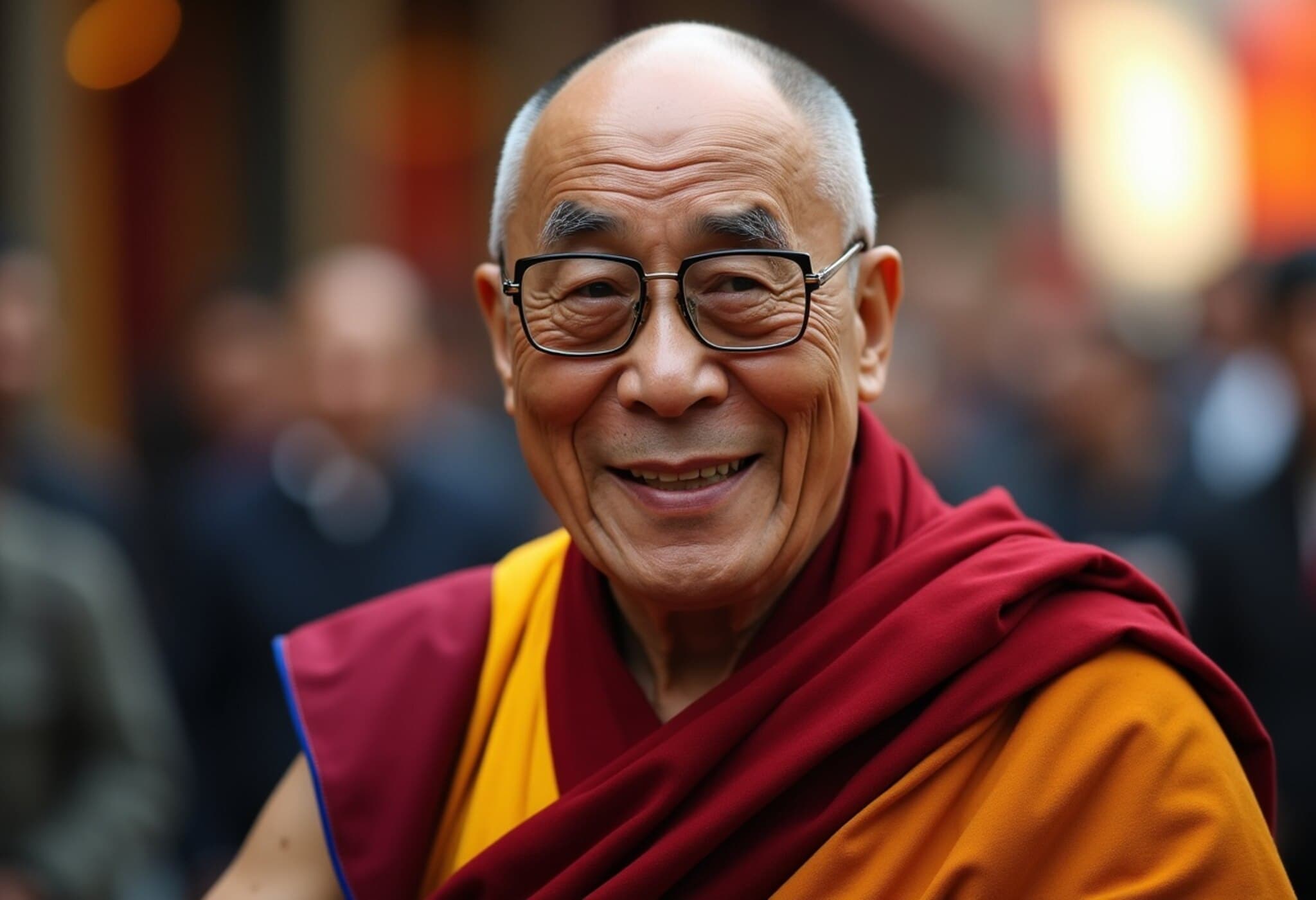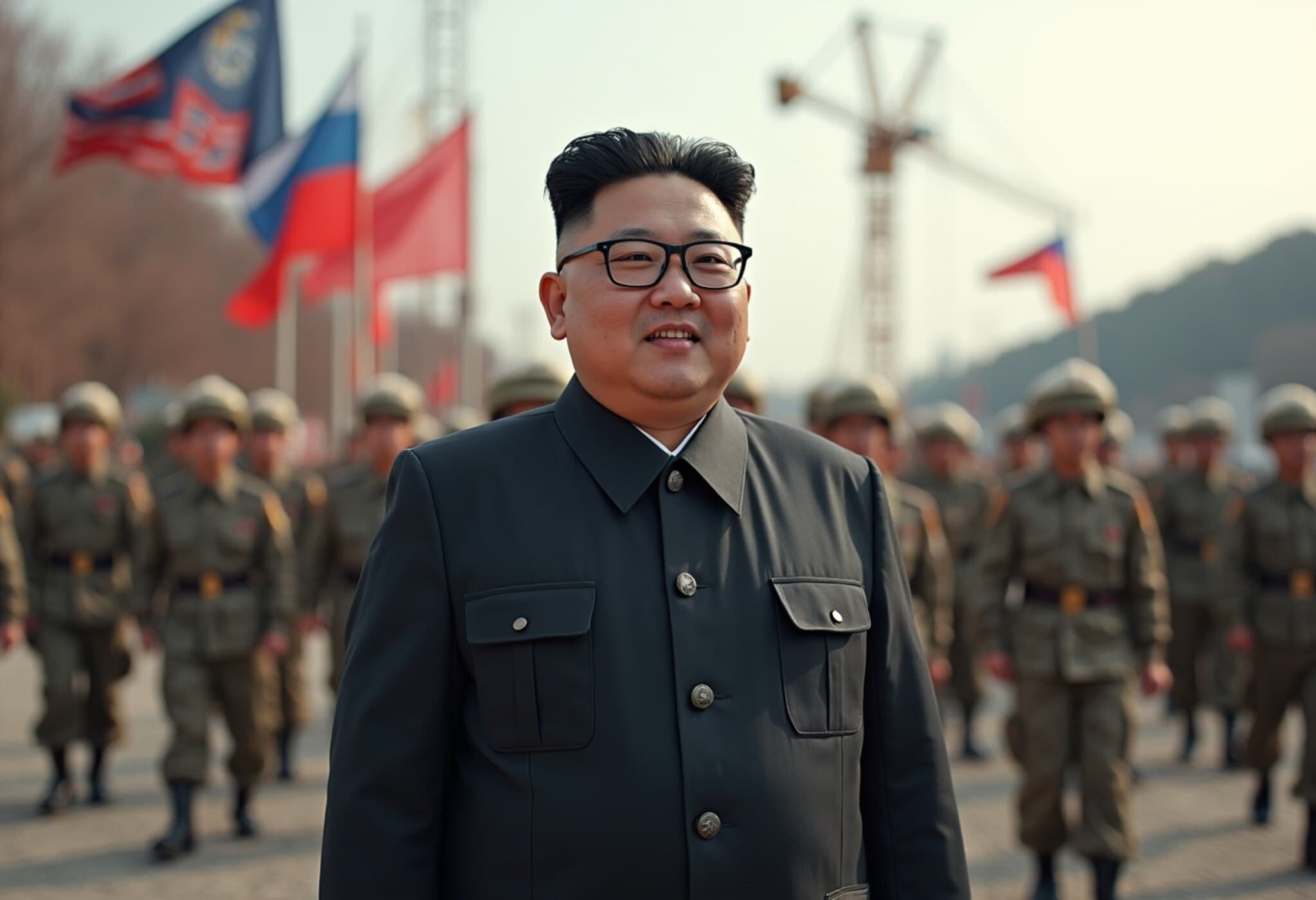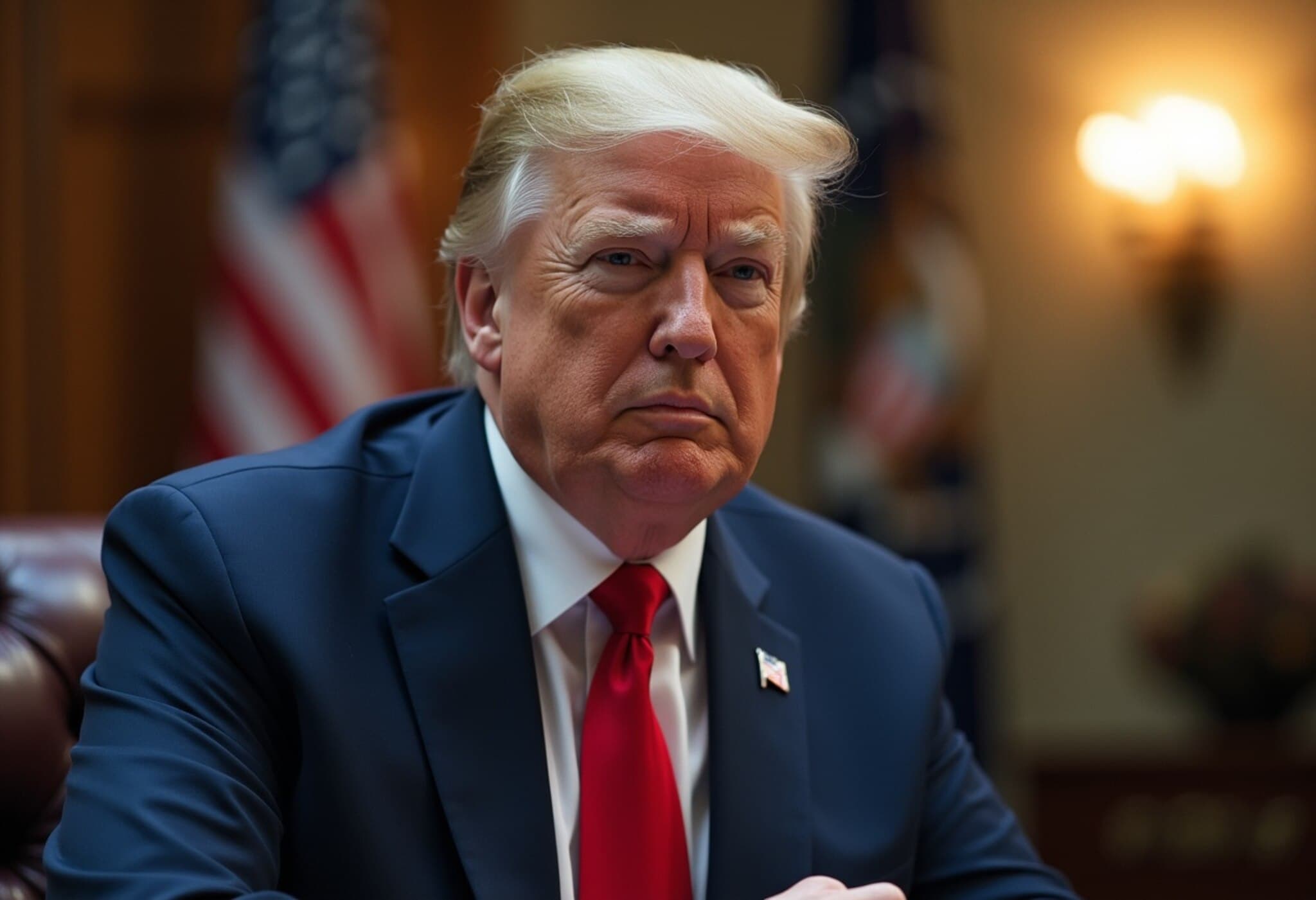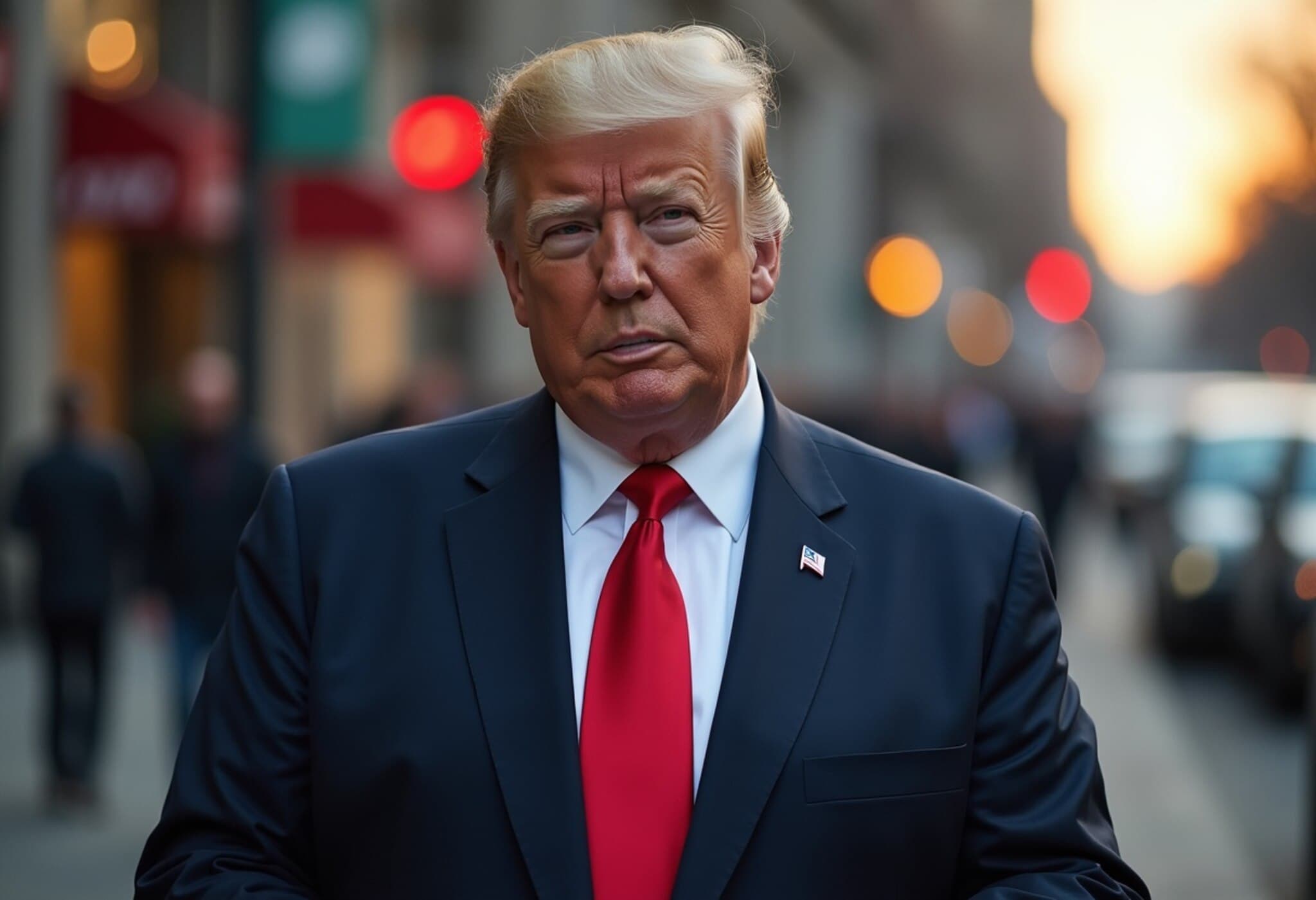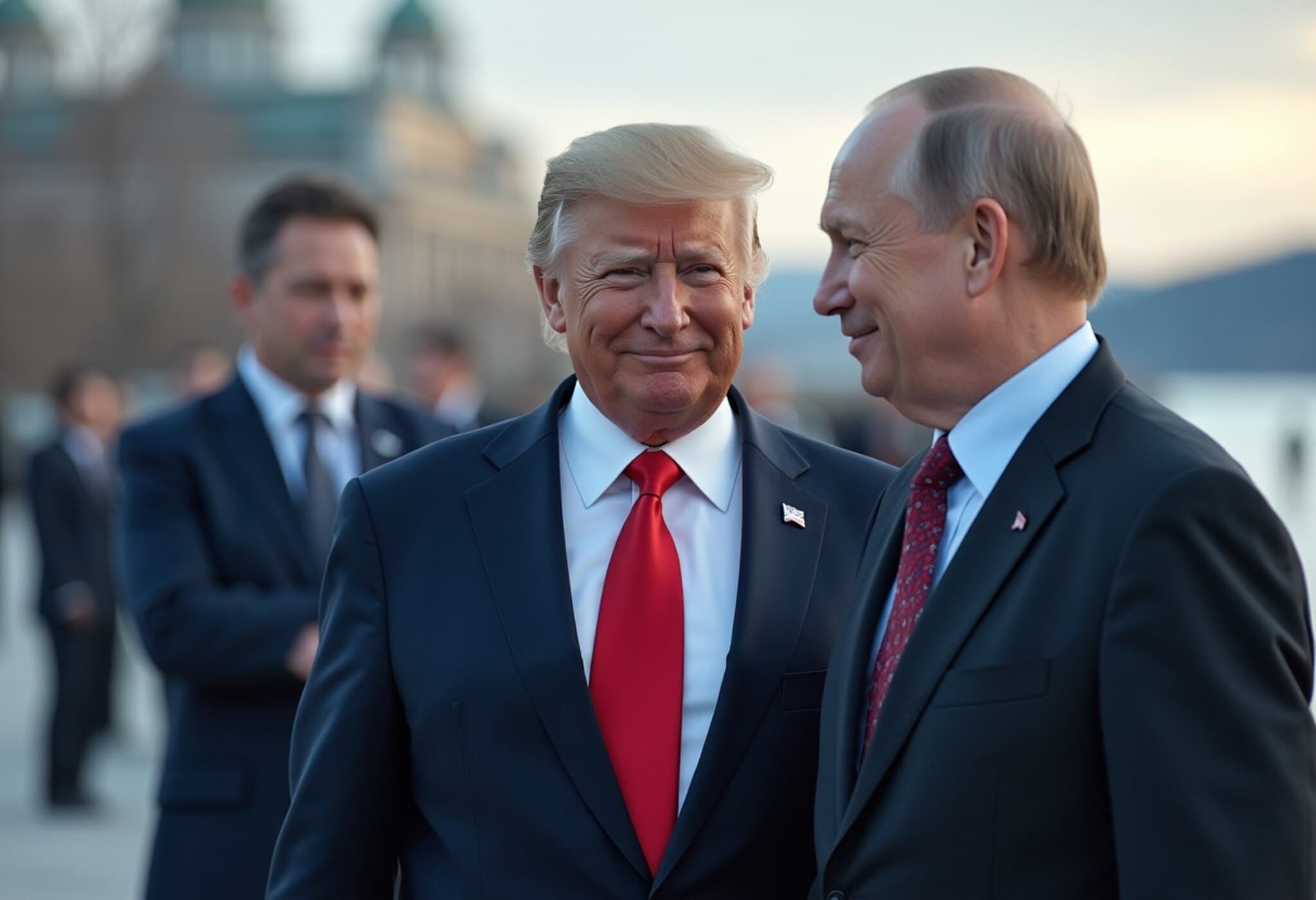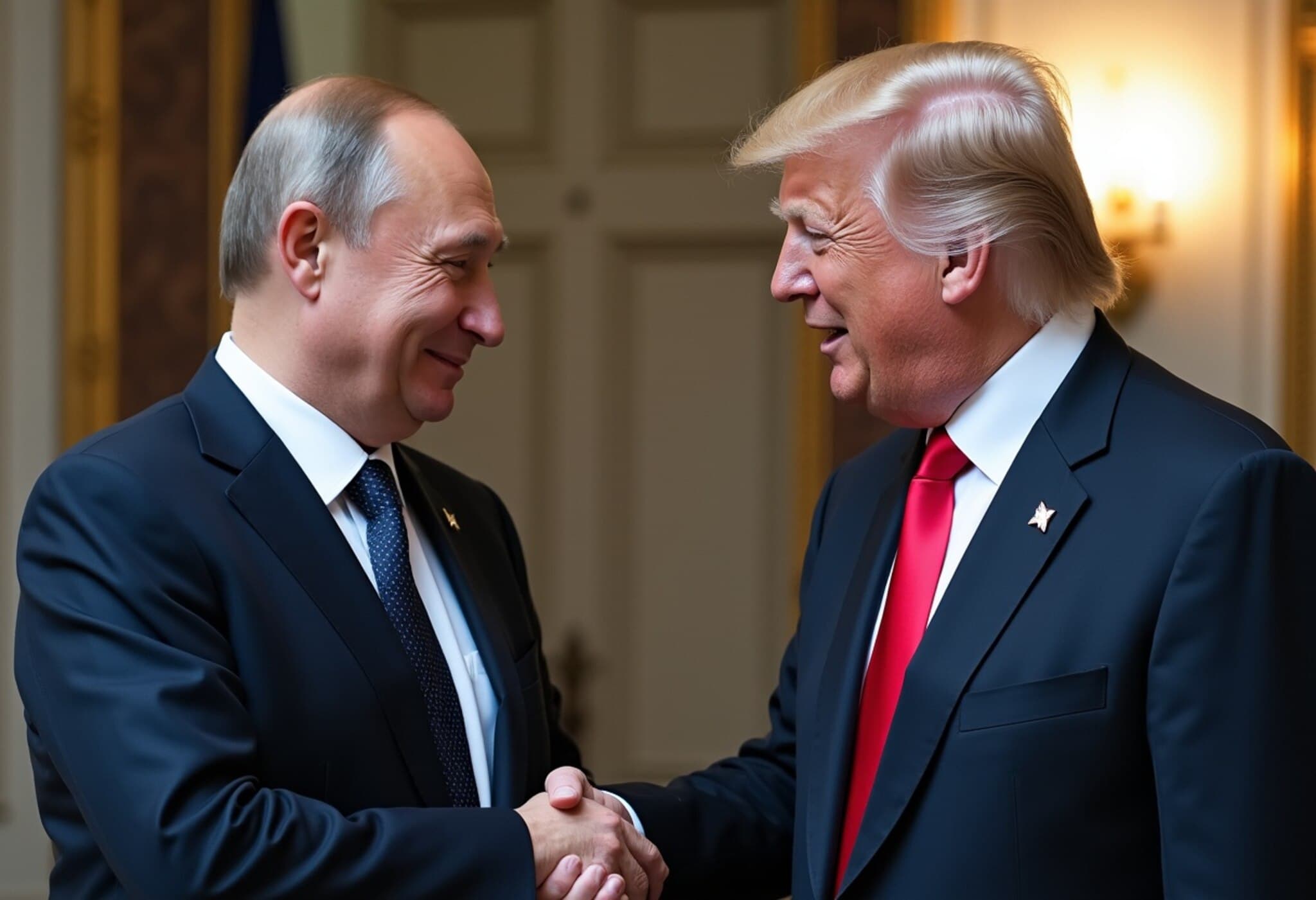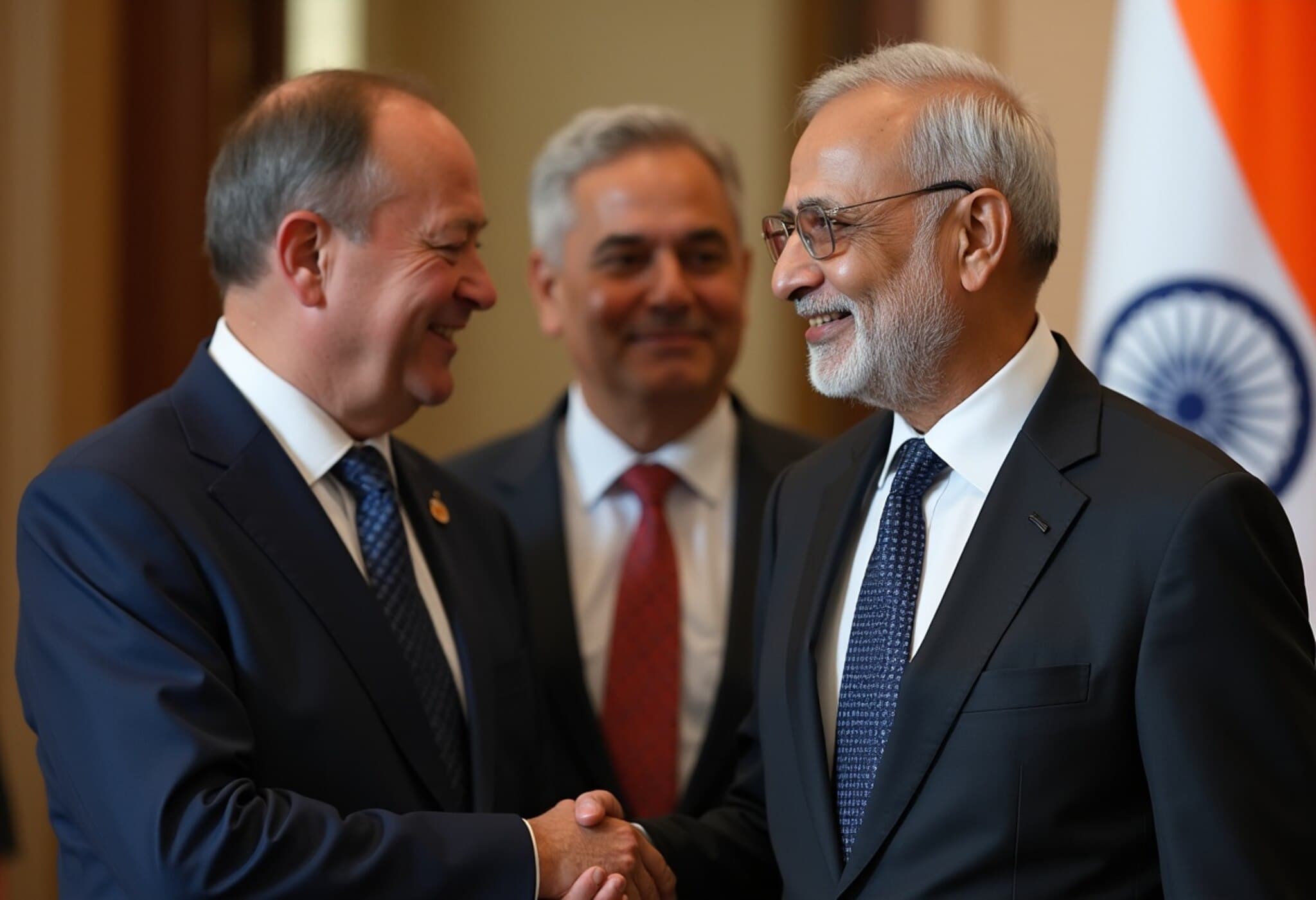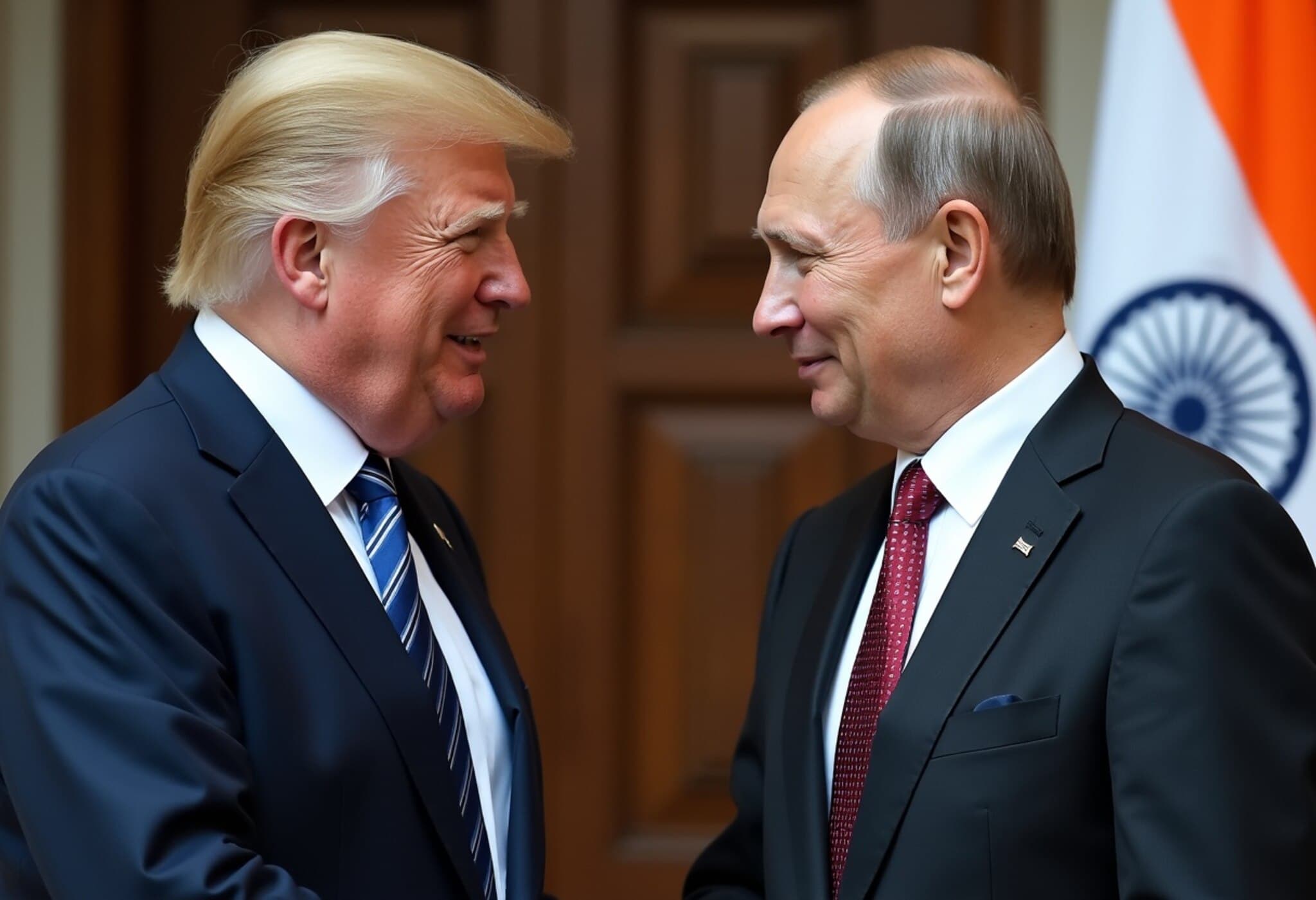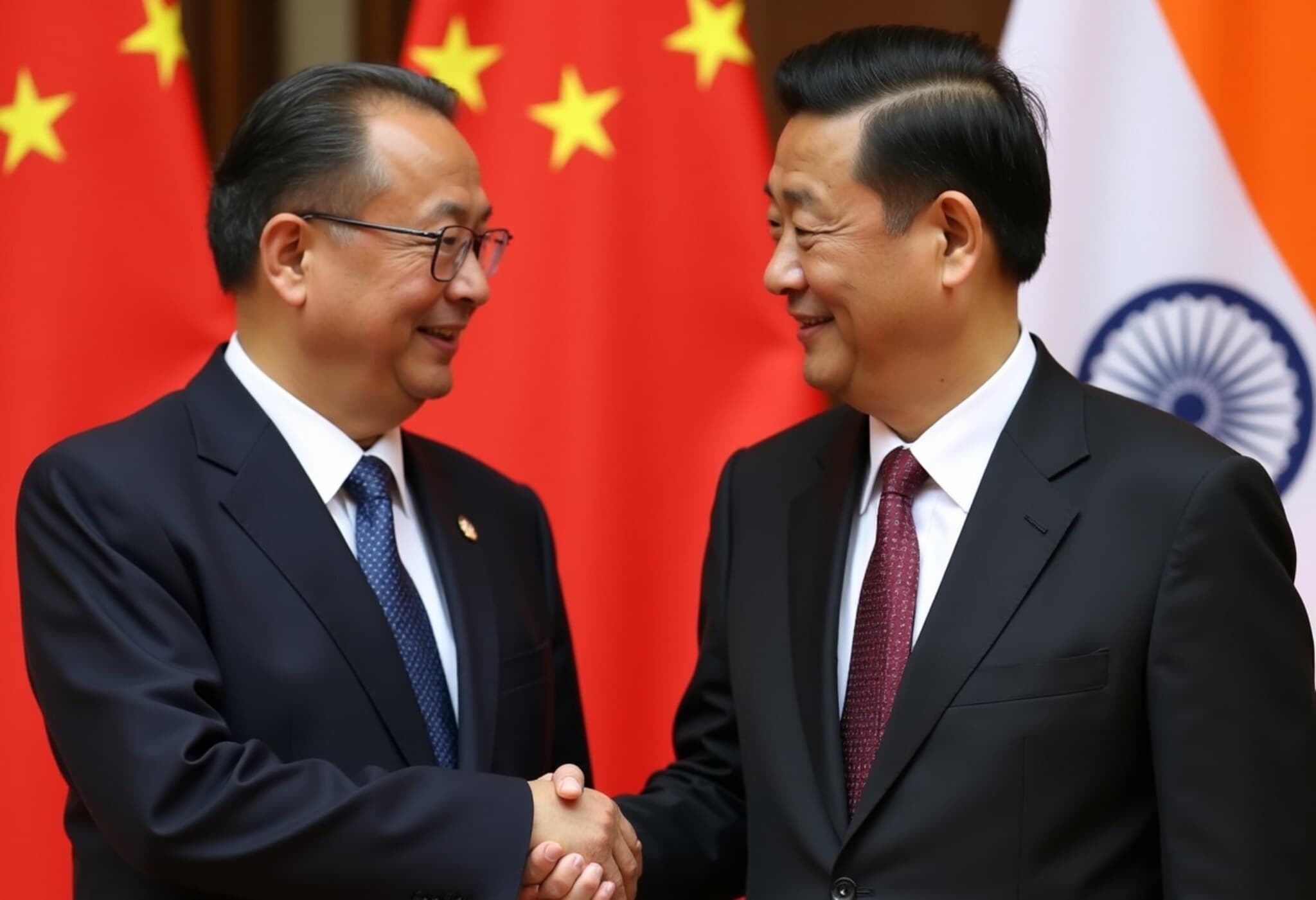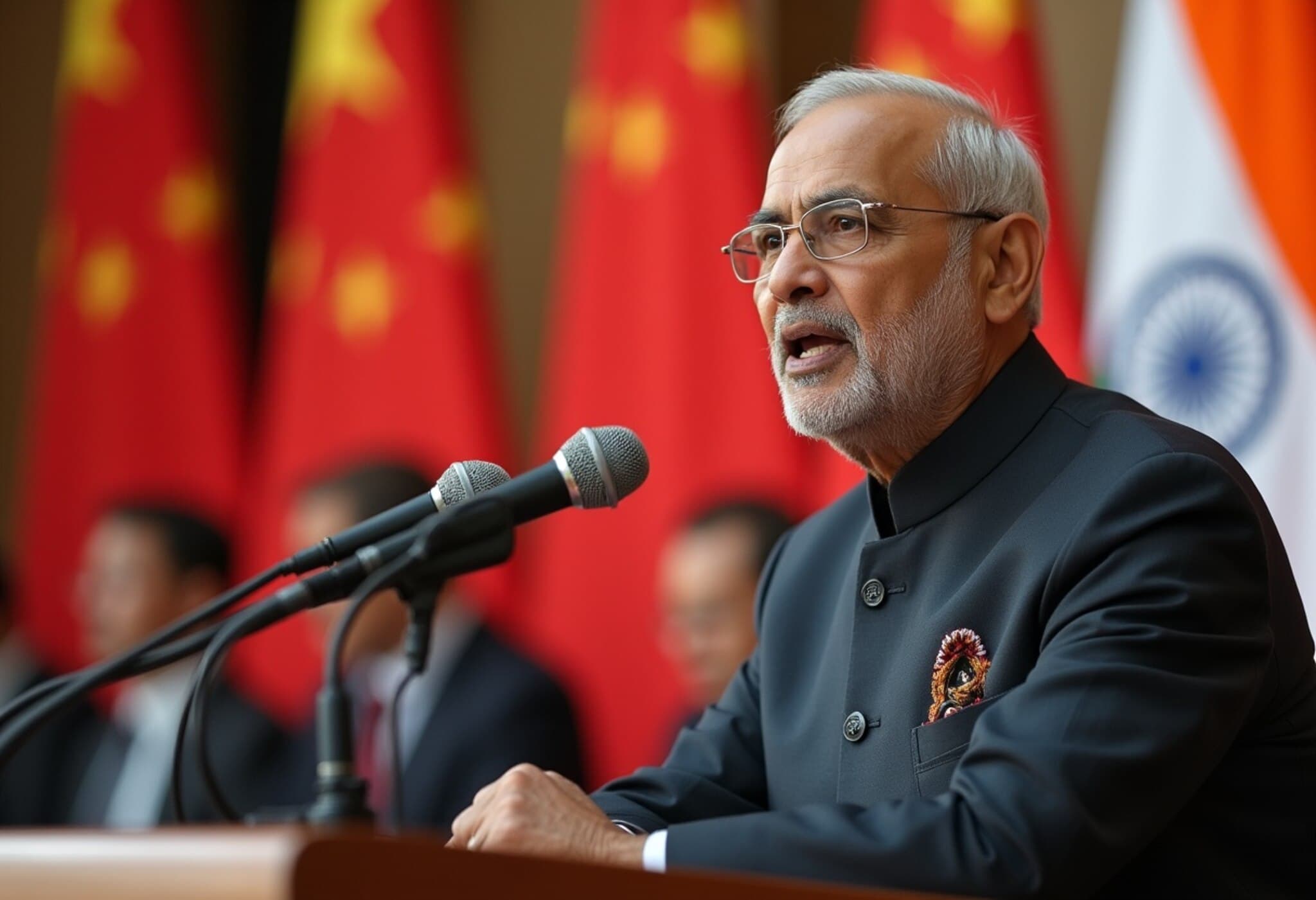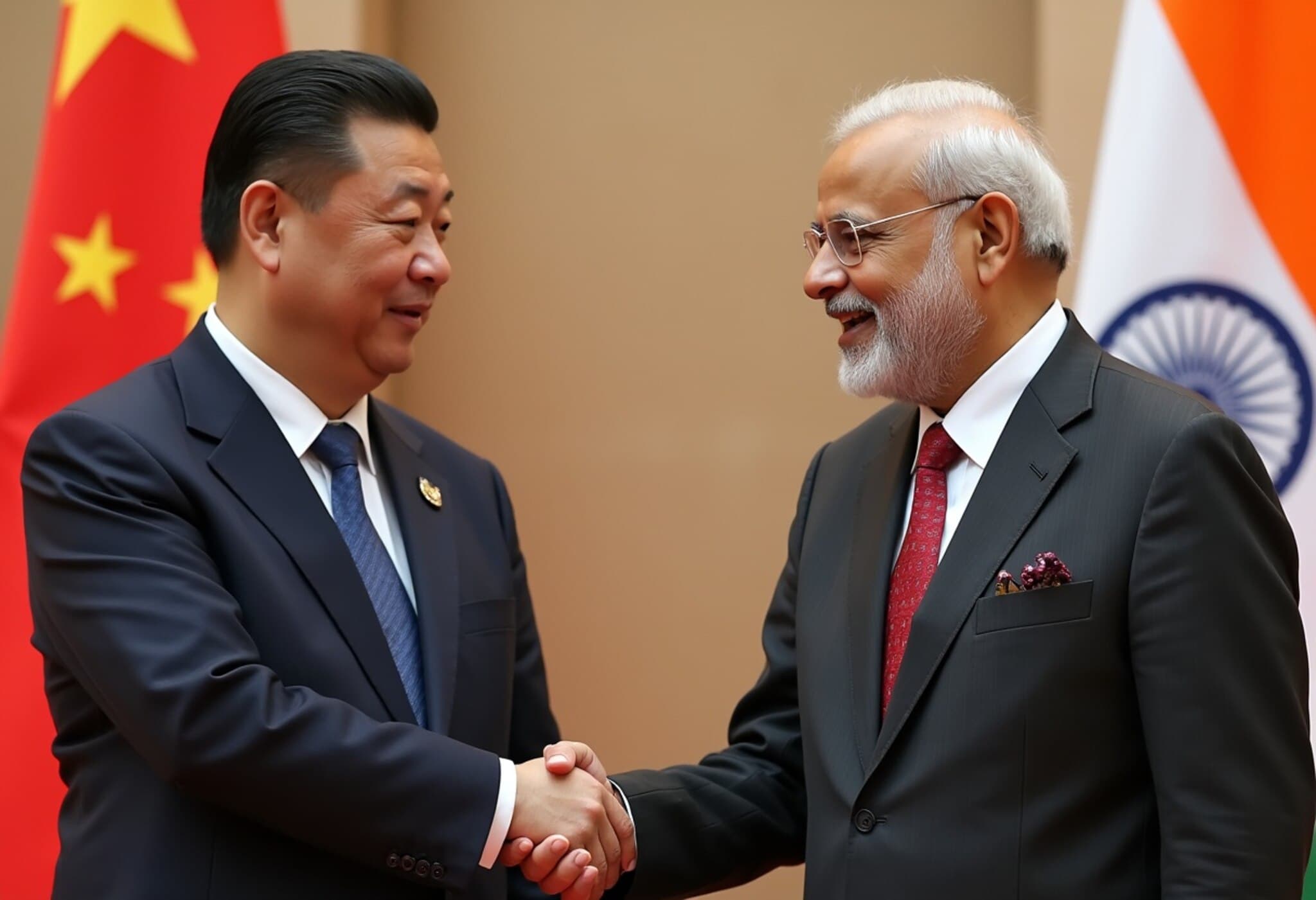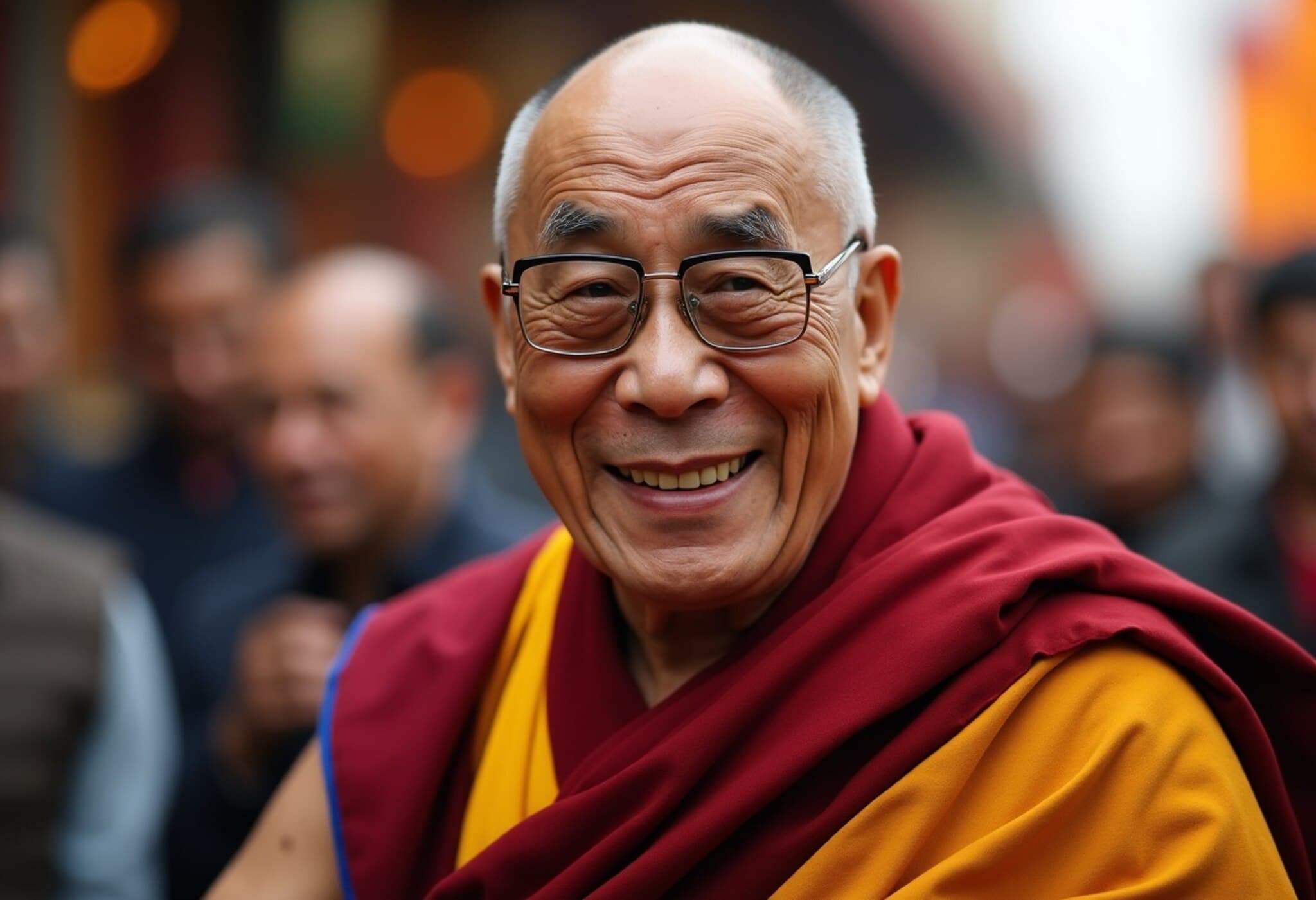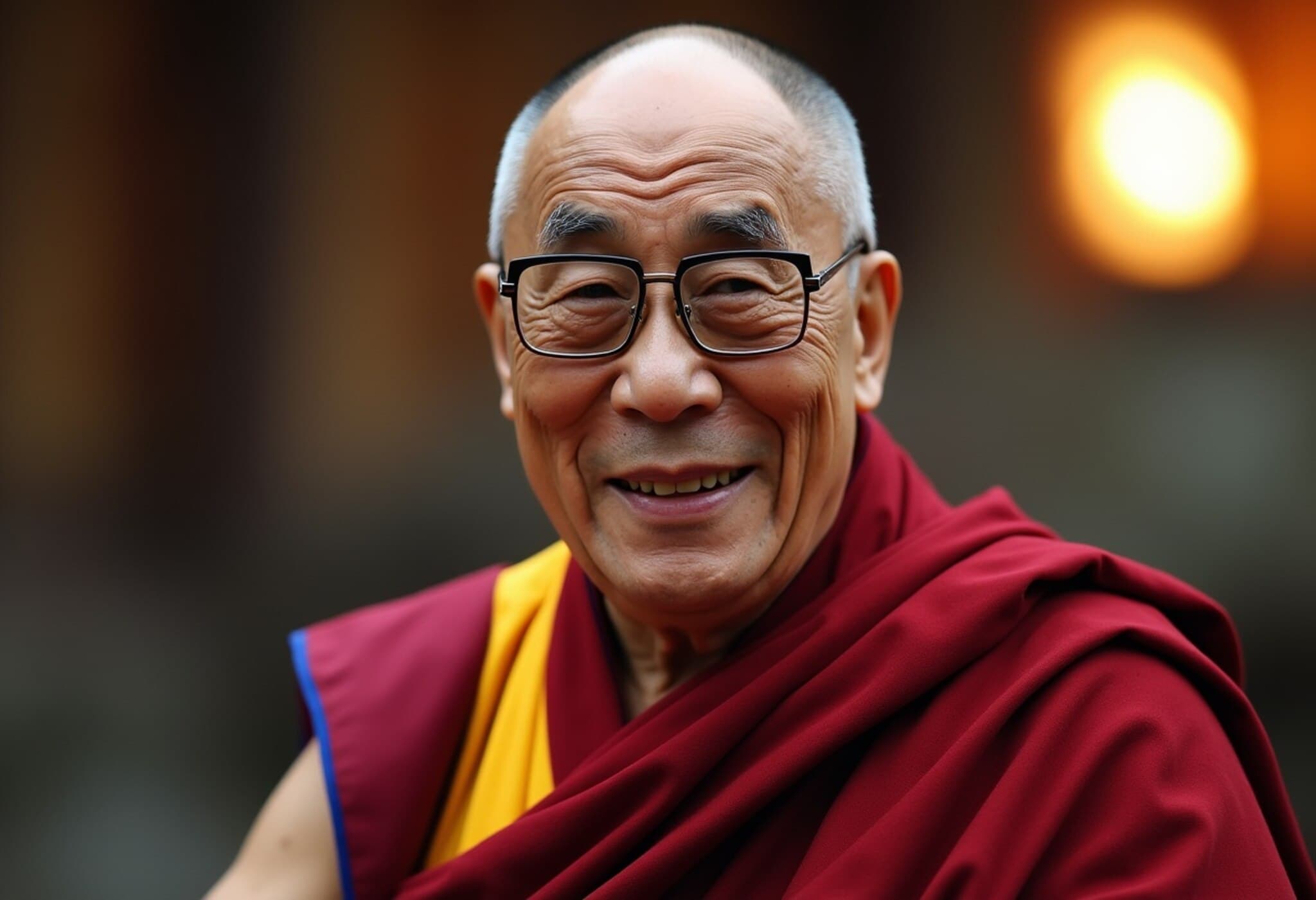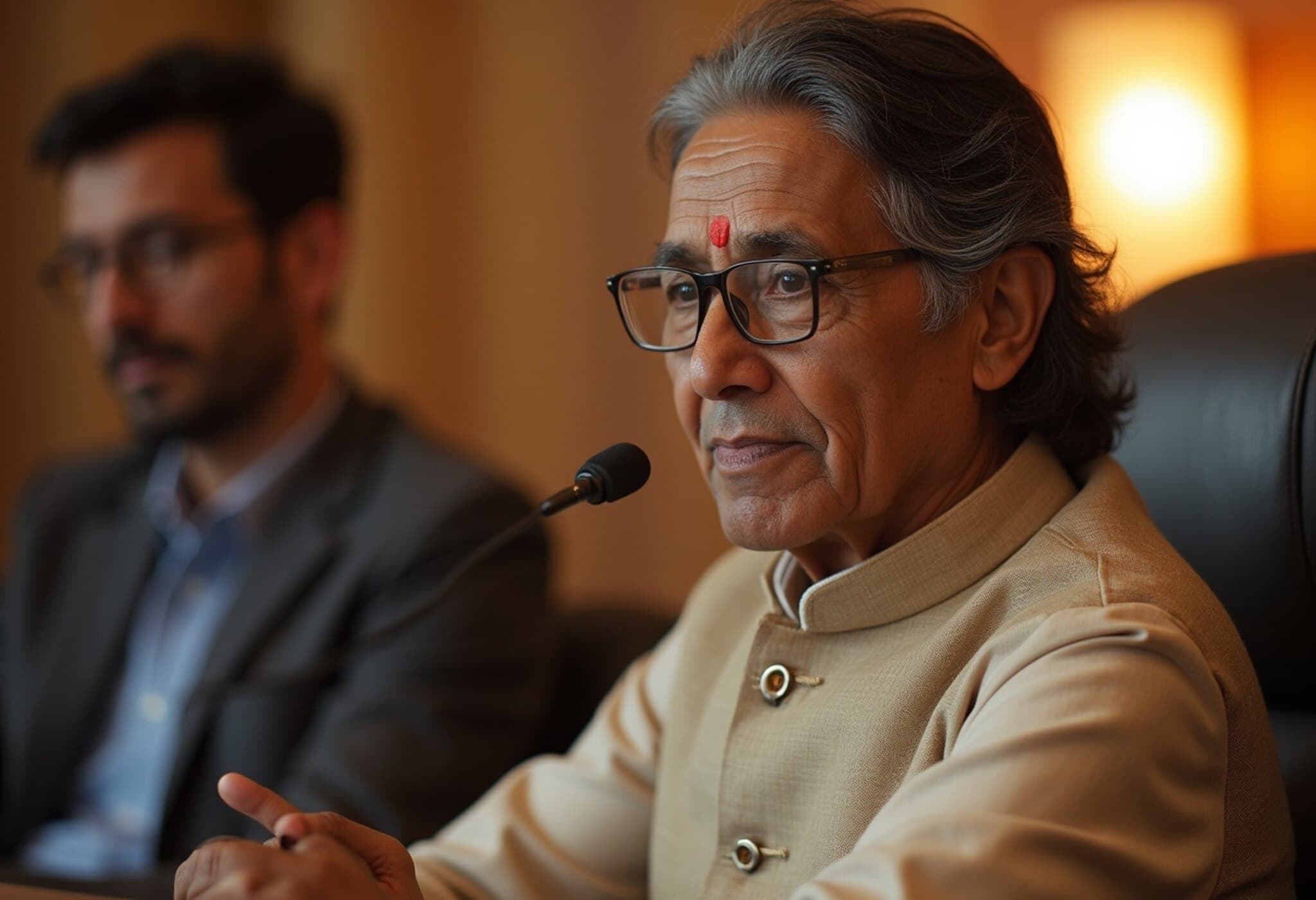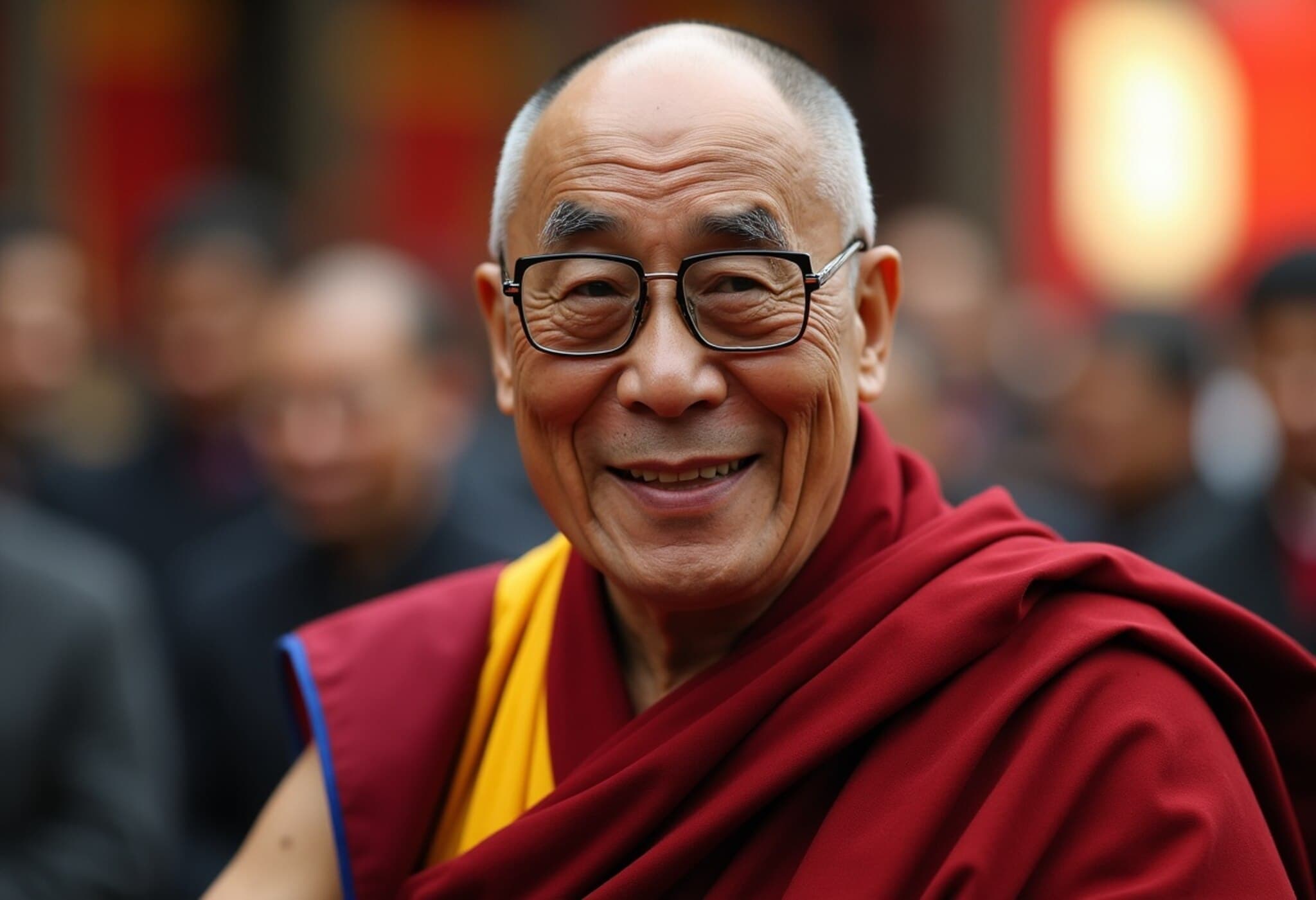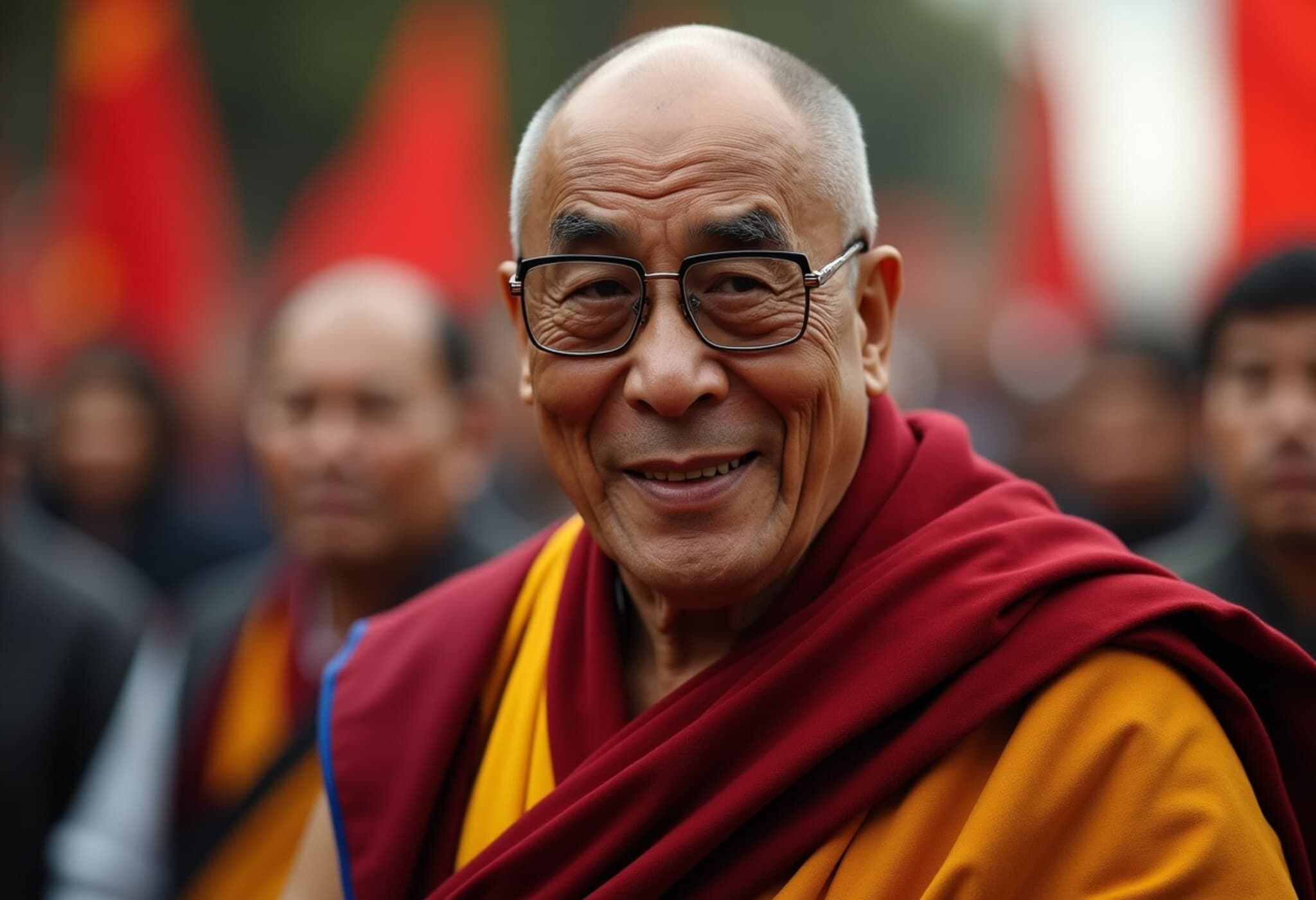Introduction: More Than a Spiritual Event
As the 14th Dalai Lama approached his 90th birthday in July 2025, he made a historic announcement about his reincarnation—a declaration that reverberates beyond the realms of Tibetan Buddhism and spirituality. This announcement boldly affirms Tibetan autonomy in recognizing their spiritual leader’s successor and stands as a significant geopolitical statement challenging Beijing’s expanding influence.
China’s Long-Standing Campaign Against the Dalai Lama
Since the founding of the People’s Republic of China in 1949, Tibet’s unique religious and cultural identity has been a point of contention. The Chinese Communist Party (CCP) regards the Dalai Lama as a political threat masked in spiritual authority. Following Mao Zedong’s directive to integrate Tibet forcibly under Chinese control, the CCP has launched decades-long efforts to undermine the Dalai Lama’s influence, attempting to control the narrative and Tibetan loyalty.
Despite this, the Dalai Lama has remained a symbol of resilience and peaceful resistance, continuing to inspire millions worldwide. The Tibetan spiritual leader’s insistence that only Tibetans designated by himself can recognize his reincarnation signals a defiance that challenges Beijing’s authority and its claims over Tibet.
The India-China-Tibet Triangle: Geopolitics Enmeshed in Spirituality
The question of Tibet and the Dalai Lama’s reincarnation is deeply intertwined with the longstanding India-China border dispute. As Eerishika Pankaj, Director of the Organisation for Research on China and Asia (ORCA), notes, China’s assertion over Tibet extends its claims over Ladakh and Arunachal Pradesh—areas India administrates but China disputes.
Historically, the boundary between India and Tibet was a cultural frontier, but post-1950, following China's annexation of Tibet, this frontier transformed into a militarized border. The border tensions that periodically erupt are thus linked to China’s broader agenda in Tibet. The Dalai Lama’s succession debate becomes more than a religious affair—it's a contest at the heart of India-China rivalry.
Historical Context in Tibet-China Relations
Scholar Jigme Yeshe Lama highlights the unique patron-priest relationship dating back to the 13th century between Tibetan lamas and Chinese emperors. Unlike modern nation-state sovereignty concepts, this arrangement was spiritual and political but not outright control.
The reality is nuanced: Tibet enjoyed varying degrees of autonomy even when nominally linked to Chinese dynasties. The CCP’s claims of sovereign control over Tibet since 1949 contrast sharply with this history, especially considering multiple invasions of eastern Tibet by Qing forces in the early 20th century and the Dalai Lama’s exile in 1959.
China’s Reaction: Warning India and Controlling the Narrative
In response to the Dalai Lama’s announcement, Beijing swiftly warned India against interference—a sign that it views any support for the Tibetan spiritual cause as a direct challenge. For Beijing, controlling the reincarnation process is a tool not only to manage religious influence but also to assert geopolitical control in a sensitive border region.
The CCP’s attempts to appoint its own Dalai Lama risk creating a schism within the Tibetan community, but as Pankaj argues, the spiritual legitimacy rooted in Tibetan religious traditions makes such interference precarious. The Dalai Lama’s acknowledged authority transcends conventional political frameworks, compelling China to engage in a diplomatic and ideological struggle.
India’s Strategic Ambiguity and Future Responses
India’s role in the Tibet issue has been complex. Officially adhering to the “One China” policy, India nonetheless provides refuge and support to the Tibetan government-in-exile and the Dalai Lama. This careful balance reflects what Pankaj describes as "strategic ambiguity"—a policy designed to preserve influence while avoiding outright confrontation with China.
Looking forward, India faces significant challenges:
- Managing increased military deployments by China in Tibet.
- Addressing potential unrest within Tibetan communities opposing a China-appointed Dalai Lama successor.
- Handling diplomatic pressures from China while maintaining close ties with Western allies.
China, meanwhile, is expected to intensify its efforts to delegitimize the Dalai Lama’s reincarnation internationally, akin to its Taiwan policy, albeit with limited effectiveness given the spiritual nature of the Tibetan issue.
Expert Perspectives: Bridging Spirituality and Geopolitics
Experts emphasize the inherently transnational character of the Tibetan cause, which operates within cultural, spiritual, and civil society networks rather than solely formal diplomatic channels. Unlike territorial disputes resolved through state negotiations, the Dalai Lama’s reincarnation involves centuries-old faith practices valued by millions globally.
Prof. Tej Pratap Singh of Banaras Hindu University remarks that a Dalai Lama recognized by Tibetans in exile will likely continue the spiritual-political resistance to Chinese hegemony, perpetuating the China-India border tensions.
Conclusion: A Transformative Moment with Far-reaching Implications
The Dalai Lama’s announcement is a profound statement of Tibetan agency in the face of geopolitical pressure. It highlights how spiritual leadership can intersect with state power in one of Asia’s most sensitive regions. The coming years will test regional powers’ diplomatic acumen and commitment to balancing strategic interests with respect for cultural identities.

